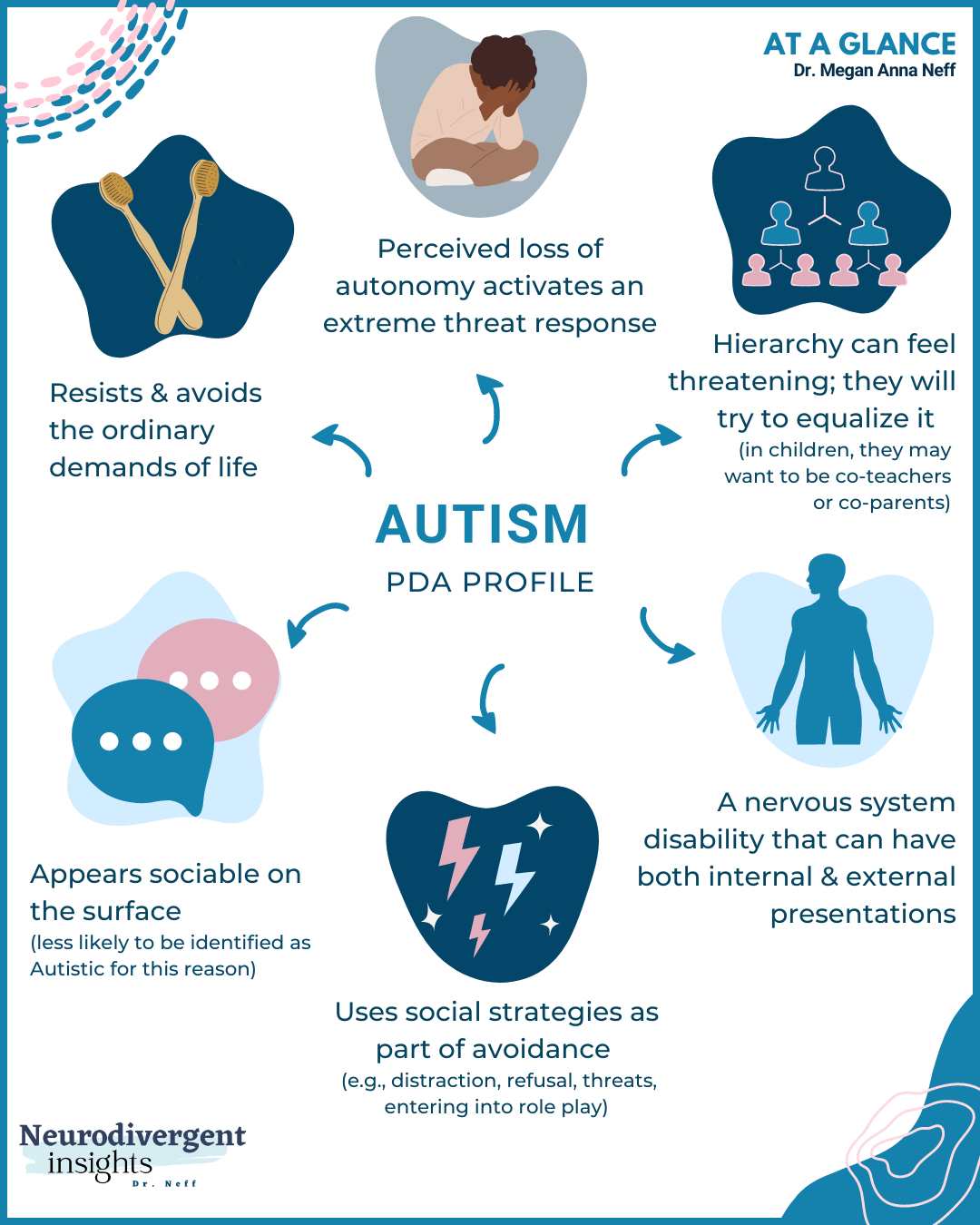Dealing With Usual Myths: What You Must Learn About Autism Today
Dealing With Usual Myths: What You Must Learn About Autism Today
Blog Article
Discovering Autism: Methods for Effective Communication and Communication
Efficient communication and interaction with people on the autism spectrum demand a thorough understanding of their one-of-a-kind demands and preferences. The ins and outs of these strategies reveal additional considerations that warrant exploration, specifically in just how they can be adjusted to specific experiences and varied contexts.
Recognizing Autism Spectrum Condition
Autism Range Disorder (ASD) includes a variety of neurodevelopmental conditions characterized by obstacles in social communication, communication, and repeated actions. The term "spectrum" shows the varied manifestations and differing levels of seriousness experienced by people with ASD. While some may show substantial problems, others might present high-functioning characteristics, permitting for higher freedom in every day life.
The onset of ASD commonly occurs in very early youth, with indications often identifiable by age 2. Very early signs may include postponed speech development, limited eye get in touch with, and problems in recognizing social hints. The accurate etiology of ASD remains vague, research suggests a mix of genetic and ecological factors plays a crucial function in its development.
As a result, interventions and assistance customized to specific demands are necessary for fostering interaction and social abilities. Recognizing the intricacy of ASD is crucial for advertising recognition, acceptance, and reliable methods that assist in significant communications with individuals on the range.

Significance of Clear Interaction
Efficient communication is important for promoting understanding and connection, particularly for individuals with Autism Spectrum Condition (ASD) Clear communication not just assists in social interactions but additionally improves the individual's capacity to reveal their feelings, ideas, and needs. For people with ASD, the nuances of language can typically be challenging; therefore, utilizing straightforward and distinct language is vital.
Furthermore, clear interaction aids lower stress and anxiousness that may develop from misunderstandings. When messages are shared in a regular and straight fashion, individuals with ASD are much better outfitted to interpret details accurately, which can dramatically enhance their social interaction and involvement in different settings.
Developing routines and using visual assistances can better reinforce clear communication. These strategies provide individuals with predictable frameworks that aid comprehension and retention of info. Furthermore, actively being and paying attention patient during interactions promotes an encouraging atmosphere where individuals with ASD really feel valued and comprehended.
Ultimately, prioritizing clear interaction not just equips individuals with ASD however likewise fosters more significant connections with their peers, caregivers, and the broader community, paving the way for collaborative relationships and comprehensive interactions. - autism
Non-Verbal Communication Techniques
Interaction expands past words, and for individuals with Autism Range Problem (ASD), non-verbal hints play a substantial function in communications. Non-verbal interaction methods can consist of face expressions, motions, body language, and eye contact, every one of which act as important elements for conveying feelings and intents.
Understanding and interpreting these non-verbal signals can enhance communications with individuals with ASD. A cozy smile or open posture can create an inviting environment, encouraging engagement. Likewise, using aesthetic help-- read more such as photo cards or symbols-- can connect interaction gaps and help convey messages more properly.
It is also important to be conscious of individual room, as people with ASD may have various convenience levels pertaining to closeness. Observing their reactions to physical distance can notify suitable modifications.

Producing Supportive Atmospheres
Developing a supportive atmosphere is essential for promoting favorable interactions and improving the well-being of people with Autism Spectrum Problem (ASD) Such settings can substantially lower anxiousness and create a feeling of safety, enabling people to share themselves extra easily.
To accomplish this, it is vital to think about sensory sensitivities that people with ASD might experience. Customizing the physical room to include soft lighting, marginal history sound, and comfortable seats can create a calming atmosphere. In addition, utilizing constant routines and clear visual timetables can assist individuals anticipate shifts and reduce unpredictability, more promoting comfort.
Social spaces must be structured to reduce overwhelming stimuli while providing chances for involvement in preferred tasks. Promoting locations marked for silent time can additionally work as a refuge throughout minutes of stress and anxiety. Importantly, including components of option encourages people, enabling them to exercise firm in their atmosphere.

Urging Social Interactions
Fostering social interactions amongst people with Autism Spectrum Condition (ASD) needs deliberate techniques that focus on comfort and interaction. Establishing predictable routines can aid decrease anxiety, making social settings more approachable. Developing organized atmospheres with defined duties and duties enables people to engage without the frustrating stress of disorganized social dynamics.
Integrating passions and strengths into social tasks can function as a driver for interaction. For instance, organizing team tasks around shared leisure activities or topics of fascination can help with natural discussions and links. In addition, using aesthetic assistances, such as social scripts or pictorial timetables, can help in understanding social cues and assumptions.
Modeling proper social habits is vital - autism. Peers and adults from this source should demonstrate effective interaction strategies, including energetic listening and turn-taking. Role-playing situations can also give a secure space for people to exercise these abilities
Last but not least, fostering peer relationships through inclusive techniques is crucial. Encouraging inclusive playdates or team getaways can create opportunities for socialization in a comfortable setup. By carrying out these educators, caregivers and strategies can significantly enhance social interactions for individuals with ASD, advertising their total social development and well-being.
Verdict
To conclude, efficient communication and communication methods are vital for sustaining people with Autism Range Disorder. Highlighting clear language, incorporating non-verbal hints, and establishing predictable regimens significantly improve engagement and reduce anxiousness. Producing helpful atmospheres fosters risk-free social communications, while encouraging shared interests promotes purposeful connections. Ultimately, these techniques empower individuals with autism to navigate social landscapes, promoting their general well-being and enabling the advancement of enduring partnerships.
Reliable communication and communication with individuals on the autism spectrum demand a detailed understanding of their distinct needs and choices. Clear communication not just helps with social interactions yet also improves the person's capability to express their thoughts, needs, and emotions.Cultivating social communications amongst people with Autism Range Problem (ASD) needs willful techniques that prioritize comfort and engagement. By implementing these educators, approaches and caregivers can dramatically enhance social interactions for people with ASD, promoting their general social development and wellness.
In verdict, reliable communication and interaction strategies are crucial for supporting individuals with Autism Spectrum Disorder.
Report this page